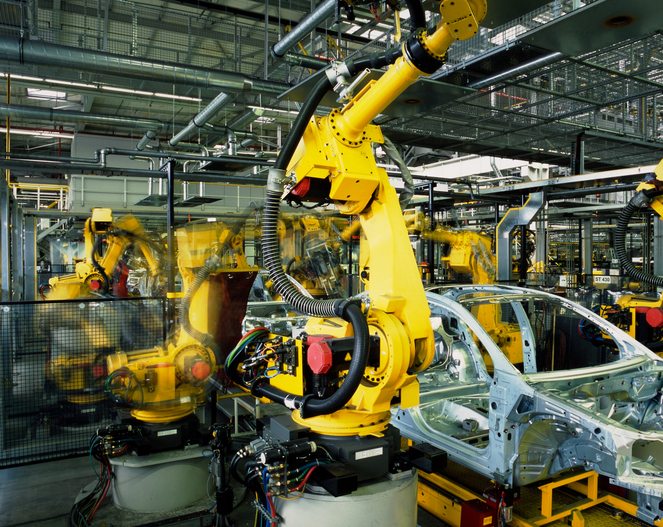Robotic Welding Productivity: Tips for Preventing Poor Wire Feeding

Robotic welding can provide game-changing productivity gains for manufacturers, regardless of the type of robotic welding being used. The consistency and accuracy gained by robotic welding for repeatable tasks can lead to improved throughput, product quality and higher profit margins.
However, all of these benefits can be lost if robots are not welding as efficiently as they can. So why is wire feeding important? How can you prevent poor wire feeding?
Wire Feeding is Important for Robotic Welding Productivity
Poor wire feeding can lead to a number of problems, mainly burnbacks, where a weld occurs inside the contact tip, and resistance while welding. Both lead to poor quality welds and system downtime, which can be costly in their own ways.
Essentially, poor wire feeding can decrease robotic welding productivity. Fortunately, it’s a problem that’s easily avoided.
5 Tips for Preventing Poor Wire Feeding
There are a few different things you can do to ensure proper wire feeding and reap the full benefits of robotic welding.
1. Don’t Cut the Liner Too Short
Make sure the wire is supported all the way through to the contact tip. Otherwise, it can change course and create a burnback inside the contact tip, which will lead to expensive system downtime.
2. Limit Welding Gun Articulation
While a robot’s ability to reach an entire part is integral to its productivity potential, too much articulation can put stress on the wire and cause it to feed inconsistently to the end of the gun. Take into account the speed, position and stress being placed on a welding gun to ensure it can still feed wire properly.
3. Follow the Manufacturer’s Instructions
Manufacturers will often include instructions with their products, and they can be helpful for robotic welding. Welding liners, for example, will often come with instructions on proper installation and trimming techniques which can prevent the liner from being cut too short.
4. Choose the Right Drive Role and Wire
Softer wire requires a knurled drive roll, while solid wire requires V-groove or U-groove drive rolls. Knurled drive rolls have teeth which can scrape solid wire and clog the liners, but can help push soft wire through to the contact tip. Make sure you take into account which type of drive roll and wire you need.
5. Choose the Right Contact Tip
The quickest way to prevent poor wire feeding is to ensure you have the right contact tips for your welding robot. The contact tip has to be the right size for the wire, and connections have to be tight, in order to prevent poor wire feeding.
These 5 tips will help you prevent poor wire feeding in your operation. Wire feeding issues with your welding robots will lead to reduced weld quality and costly system downtime. Avoiding poor wire feeding can help you maximize robotic welding productivity gains.
To learn more, continue reading about robotic welding productivity.
Posted in Robotic Welding
